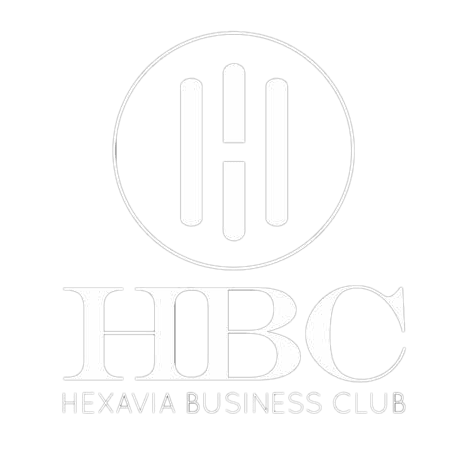Online tools can help here. Most common accounting packages like QuickBooks and Peachtree or (or online accounting tools like Xero, Kashoo, or Legerble) can produce both cash basis and accrual basis reports. You will need an accounting system set up to be able to input, track, report and make other standard documentation later. This structure is key if you are to grow or raise investment later (either through debt or equity financing).

But if I was to give you a basic narrative of how to set up an accounting system, you may first need to understand the following:
Accounting and finance is the official language of business.
Documenting your financial process, starts off with recording each and every transaction made in journals and cashbooks. And later on, by understanding how financial ratios gotten from them work, in relation to income and expense, assets and liabilities, debits and credit.
But from the basic, you have a product to sell right? And there are cost you incur in either developing or selling that product, right? Okay. Looking at that can help you in defining the price tag on that product (which can either be done by cost based or value based pricing). Businesses have methods by which to price their products and services. Two common methods are cost-based pricing and value-based pricing. When a company uses cost-based pricing, the company sets a price at a percentage above the cost it incurs to manufacture the product or to provide the service. Value-based pricing takes a different approach, considering the potential value the product or service will bring to its customers. Either one you choose depending on the business model and market you are in should help you in fixing your price. And in determining the units sold or to be sold, which in total is gotten when multiplied together, which gives you your revenue. This sits on top of your income statement.

Please note, your income statement which clearly differentiates that what the lame man calls income is not income but just revenue. Income and revenue is not the same thing. Income is only gotten after you subtract cost of goods (production cost) from that revenue (which gives you your gross profit, and when expressed in ratio of that over revenue in percentage gives you your gross profit margin, the higher the margin, the more investors may see your business as likely profitable) and then you minus your expenses (ranging from selling cost expenses, to general expenses to admin expense) from it, and perhaps taxation. At this point you have an Income statement.
The net income at the bottom of an income statement may help advice on cash flow projections, which eventually can help you get a snapshot of the health of your finances through the balance sheet, which is a major pointer to your overall business balance score card (the finance and first quadrant, of the 4 quadrants).
So once you have a definite income statement, you can use that net income, at the end of that statement to begin to create your cash flow statement.

Now what is your cashflow statement?
A cash flow statement is a financial statement that shows how changes in balance sheet accounts and income affect cash and cash equivalents, and breaks the analysis down to operating, investing and financing activities
You need to draw out your cash flow because sometime when you sell, you are not paid till a month or two or more. That type is called Account receivable. It definitely affects your cash flow, so to balance out, you may also delay payment to vendors, which is called Account Payable. When you compare Account Receivables with Account Payable inside the net income, you may have the actual cash flow from operations, and in another section of the cashflow, you create your Capital Expenditures (furniture and fixtures, equipment), and the financing activities (debt and equity).
I hope this helps. It should when you have a template excel sheet of each of the statements to work with.

Eizu ©Hexavia!




